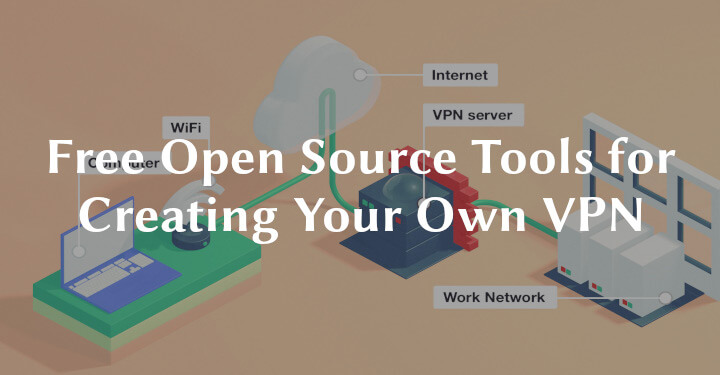

- How to create a diy free home software vpn server mac how to#
- How to create a diy free home software vpn server mac install#
- How to create a diy free home software vpn server mac iso#
Set up a new connection by importing the. Download the OpenVPN client, or you can use your favorite alternative. opvn file, users will now be able to connect to the VPN. Use a USB to take them off the Pi or connect to the device using an SFTP client like FileZilla. opvn files stored in /home/pi/ovpns to devices you wish to connect to the VPN. The VPN servers are the interface between your device and the rest of the internet. The software on your computer encrypts/decrypts traffic between your device and the VPN server. Enter an identifying name for the user. A normal VPN, like NordVPN, consists of software that runs on your computer or smartphone, and hardware VPN servers located around the world. Enter the custom DNS name for the VPN server. (Leave on public IP if you have a static IP address and did not set up DNS for external access.) Hit Yes when the installer asks you to use OpenVPN 2.4 if you know your favorite client supports it. Hit OK and wait a while for various VPN-related things to be installed and configured. (You can use 4096, but this would affect VPN performance.) Choose 2048-bit encryption and hit OK. (We recommend setting a custom port to better enhance security against potential scans and attacks.) Enter a random port number not already used by another network service and hit OK. Hit Yes on the static IP address confirmation screen.Ĭhoose Yes to enable automatic upgrades. Run pivpn by typing it into the terminal. How to create a diy free home software vpn server mac install#
Install PiVPN by pasting the following command into the terminal (and hit enter):
If you have a static external IP from your ISP you can move onto installing the VPN, but if your ISP provides a dynamic IP address (as in it changes every now and then to a new value), follow this excellent guide on PiMyLifeUp on setting up DNS on Raspbian OS. Here's an example of what may be present: Usually, you need to have administrative privileges for this. Be sure to have your account details ready for the first run. dmg file and following the on-screen prompts. Edit /etc/nf and set static ip_address to one not used by any other device on the network. Usually, this is as simple as double-clicking on the. We'll also need to set a static IP for the VPN server to use. Upon completion, ensure the OS is secured with a password.  Plug in your favorite keyboard and mouse. Insert the SD card into the Raspberry Pi.
Plug in your favorite keyboard and mouse. Insert the SD card into the Raspberry Pi. How to create a diy free home software vpn server mac iso#
Write the ISO file to your SD card, using an app like Rufus.Since this server will be running on your home network and will be accessible from outside, you'll need to make sure everything on your LAN is secure. This route does come with some risks, however.
How to create a diy free home software vpn server mac how to#
How to build your own VPN with Raspberry PiĬonfiguring your own VPN is a great way to save a little on a monthly subscription while getting to know the ins and outs of how it all works by setting it all up. MicroSD card: Samsung EVO 32GB MicroSD ($14 at Amazon).The Pi itself: Raspberry Pi 4 ($66 at Amazon).We've put together a short guide that'll walk you through installing an OS, setting up the VPN, creating users, and logging in using your favorite client. Creating your own VPN on a Raspberry Pi is a relatively straightforward process, involving numerous steps.






 0 kommentar(er)
0 kommentar(er)
